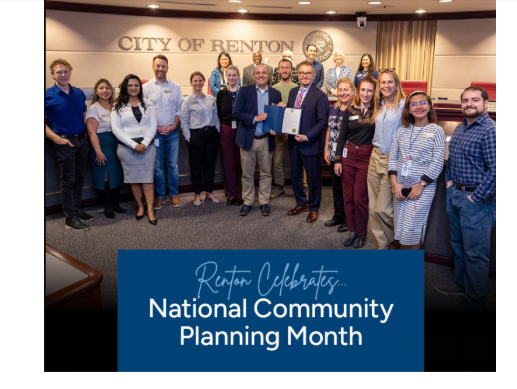The Civil Rights Act of 1964 was a monumental achievement in today’s society. It changed the course for African Americans, outlawing racial segregation in public places such as restaurants, schools, and other businesses, etc. marking a significant step towards racial equality. President Donald Trump plans to diminish these accomplishments by lifting the ban on segregated facilities.
The act prohibits segregation on the basis of race, color, religion, or national origin at any public establishment. While the president can legally sign an order reversing the act, it is politically and socially very unlikely that the core protections of the Civil Rights Act would be repealed or significantly weakened. The act is a cornerstone of American Civil Rights Law, and there would likely be strong public opposition to any efforts to undermine it, explains Joshua Klugman, an attorney who specializes in discrimination law. “The public’s views of the world, of race, of segregation, of interactions, and so forth, with other groups, have changed culturally,” Klugman said, “There’s been a cultural shift, regardless of what the law says.”
How does this affect our lives? Businesses and contractors. The immediate economic cost for contractors is now lifted, and the concern is that it opens the door to potentially segregating transgender people or other people if contractors believe they won’t face punishment. “The White House has argued that Mr. Trump’s executive orders were not aimed at any particular group of people and that agencies have had autonomy in implementing them. But the fallout has disproportionately focused on policies that impact Black people,” was stated in The New York Times. The lifting of regulations on contractors can have serious social consequences, as it may influence how businesses operate, especially regarding workplace diversity and inclusion practices. Some contractors might change their approach to hiring or workplace training. This shift could lead to a decline and potentially impact efforts to maintain equitable and inclusive environments.
SOURCES:








